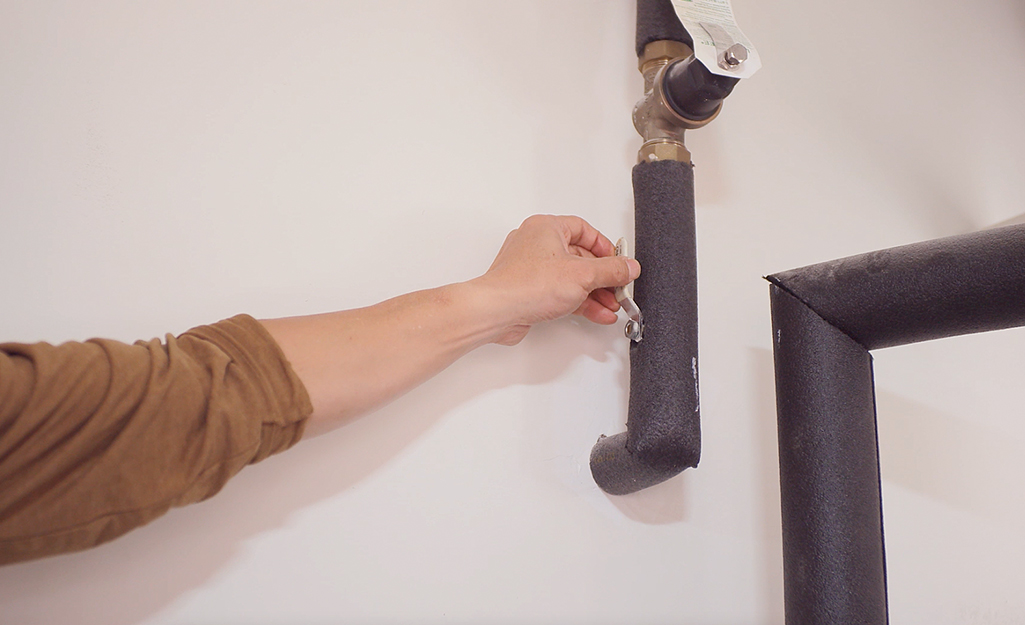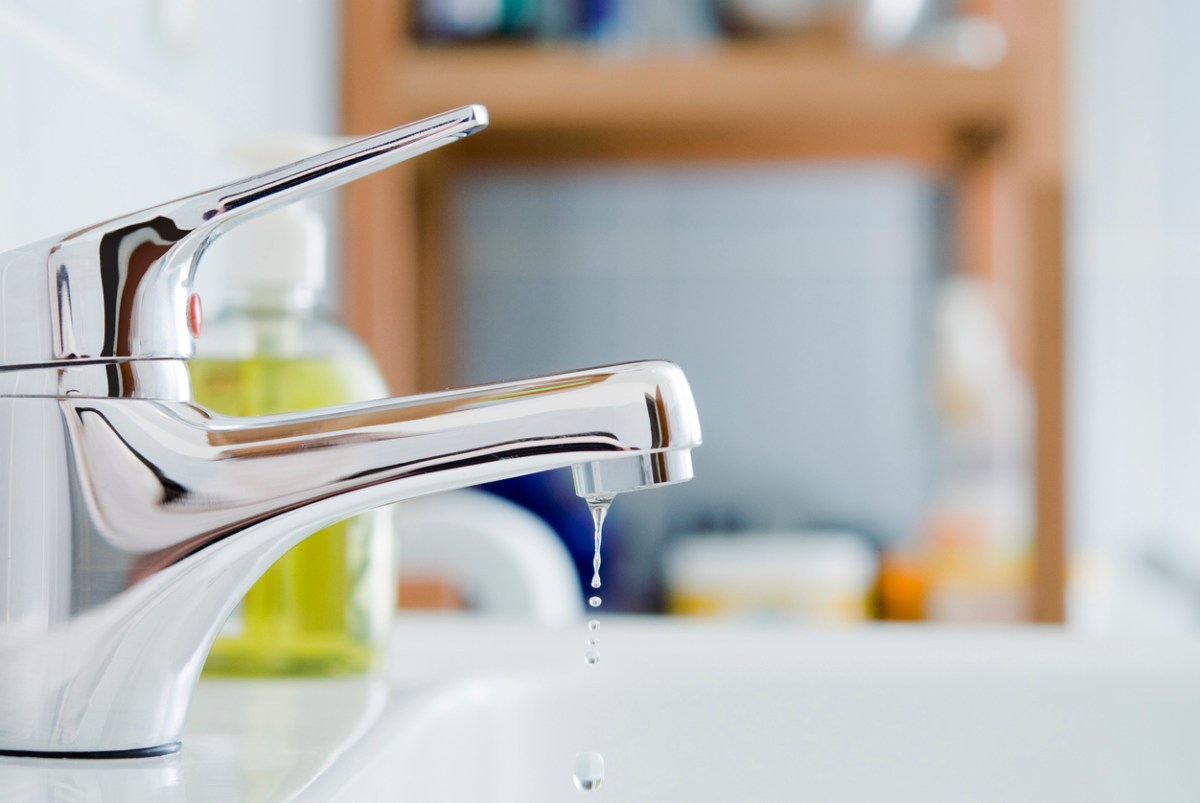Causes Why It's Important to Repair a Faulty Faucet
Causes Why It's Important to Repair a Faulty Faucet
Blog Article
What are your thoughts and feelings on Should I Repair or Replace a Leaky Faucet??

Dripping taps may appear like a minor aggravation, however their effect goes beyond just the annoyance of the audio. From wasting water to incurring unneeded financial prices and wellness risks, disregarding a dripping faucet can cause different effects. In this article, we'll explore why it's crucial to resolve this typical family issue without delay and properly.
Wastefulness of Water
Environmental Effect
Dripping faucets contribute considerably to water wastefulness. According to the Environmental Protection Agency (EPA), a single faucet leaking at one drip per secondly can lose more than 3,000 gallons of water annually. This not just stress water resources yet also affects ecosystems and wildlife dependent on them.
Financial Prices
Boosted Water Bills
Past the environmental impact, leaking faucets can blow up water expenses substantially. The gathered wastage with time equates right into higher energy expenditures, which might have been stayed clear of with timely repair services.
Prospective Residential Property Damages
Furthermore, extended trickling can result in damage to components and surface areas surrounding the faucet. Water build-up can trigger discoloration, corrosion, and even architectural problems if left neglected, causing added repair costs.
Health and wellness Worries
Mold And Mildew and Mold Growth
The continuous visibility of dampness from a dripping faucet creates an ideal setting for mold and mildew and mold growth. These fungi not just endanger interior air quality yet also posture health and wellness dangers, particularly for people with respiratory system conditions or allergies.
Waterborne Conditions
Stagnant water in dripping faucets can come to be a breeding place for germs and various other virus, raising the danger of waterborne diseases. Pollutants such as Legionella microorganisms thrive in stagnant water, potentially bring about serious health problems when consumed or inhaled.
DIY vs. Specialist Fixing
Pros and Cons of Do It Yourself Fixing
While some might attempt to fix a trickling faucet themselves, DIY fixings feature their very own set of difficulties. Without correct knowledge and devices, DIY attempts can intensify the issue or result in insufficient repair services, extending the problem.
Benefits of Hiring an Expert Plumber
Hiring a professional plumber makes sure that the underlying root cause of the dripping faucet is attended to properly. Plumbings possess the experience and tools to detect and fix tap problems effectively, saving time and reducing the risk of further damages.
Step-by-Step Overview to Taking Care Of a Dripping Faucet
Tools Called for
Prior to trying to take care of a leaking tap, collect the required tools, consisting of an adjustable wrench, screwdrivers, substitute components (such as washers or cartridges), and plumber's tape.
Usual Faucet Issues and Their Solutions
Recognize the sort of faucet and the certain issue causing the drip. Usual problems include damaged washers, corroded shutoff seats, or damaged O-rings. Refer to maker guidelines or on-line tutorials for step-by-step assistance on repair services.
Safety nets
Regular Maintenance Tips
To avoid leaking taps, execute regular upkeep such as cleaning aerators, inspecting for leaks, and replacing damaged components immediately. In addition, take into consideration setting up water-saving devices or upgrading to more efficient components.
Value of Prompt Fixes
Attending to leaking taps as soon as they're noticed prevents more water waste and prospective damage, inevitably conserving both water and money in the future.
Effect On Building Value
Perception of Well-Maintained Property
Preserving a residential property in good condition, including resolving maintenance problems like trickling faucets, boosts its perceived worth and desirability among possible buyers or occupants.
Impact on Resale Worth
Characteristics with well-kept plumbing components, including faucets, command greater resale worths in the property market. Dealing with leaking taps can add to a favorable impression during home examinations and arrangements.
Environmental Obligation
Private Contribution to Conservation
Taking obligation for taking care of leaking faucets lines up with wider efforts toward water conservation and ecological sustainability. Every person's activities jointly make a considerable effect on protecting precious sources.
Lasting Living Practices
By prioritizing prompt repairs and taking on water-saving routines, individuals add to lasting living methods that benefit both existing and future generations.
Final thought
Addressing a trickling faucet surpasses simple ease; it's a necessary step towards conserving water, minimizing financial expenses, and safeguarding wellness and building. Whether through do it yourself repair services or expert help, taking action to take care of dripping taps is a small yet impactful method to advertise accountable stewardship of resources and add to a much healthier, extra sustainable future.
Most Common Reasons for a Leaky Faucet and How to Stop the Drip
Whether it’s your kitchen faucet leaking or a bathroom faucet leaking, one leaky faucet can waste anywhere from three to 30 gallons of water every single day. If the constant drip-drip-drip doesn’t get your attention, your water bill will. The good news is that, by following a few simple steps, chances are pretty good you can fix the problem yourself.
Why is it dripping?
Before you start taking things apart, let’s break down some of the most common causes of a leaky faucet.
Bad O-ring.
A cartridge is a valve that controls the flow of water into the faucet spout. On cartridge faucets there’s an O-ring—the little disc attached to the stem screw that holds the faucet handle in place. If it’s loose or worn-out, it can cause your sink handle to leak. Of course, the cartridge itself could be worn out. If that’s the case, make sure you replace it with the exact same kind.
Corroded valve seat.
The valve seat connects the faucet and the spout. If the leak seems to be coming from the spout, it might be because a buildup of water sediment has corroded the valve seat.
Worn-out washers or seals.
A leaky spout could be caused by a bad washer that rests against the valve seat. It’s just a matter of time before friction takes its toll. It could also be the wrong size washer or one that’s been installed incorrectly. Water sediments can also corrode inlet and outlet seals.
Water pressure.
If the faucet only drips now and then, or when you turn the handles a certain way, you should probably check your home’s water pressure.
Loose or broken parts.
The adjusting ring and packing nuts in the stream screw can become loose over time, causing your sink handle to leak. Try tightening or replacing the packing nut. If the leak is coming from the pipes underneath the sink, you probably have a broken pipe or fitting. If that’s the case, you should definitely call a plumber.
Know your faucet.
Faucets come in a variety of types. Each one has its own assembly—and its own possible causes of leaks. Learning about the four most common kinds of faucets will help you know how to take them apart and make any repairs.
How to stop a leaky faucet
Fixing that leaky faucet doesn’t have to take a lot of time, money, or expertise. It’s usually a simple matter of replacing a worn-out washer or gasket, a loose O ring, or another part. Chances are really good you can do this yourself if you follow these simple steps.
Shut off the water.
Before you tackle the faucet, cut off the water supply to the sink. There should be one valve for hot and one for cold. Hand-turn them clockwise with your hands till they close. If there are no valves under the sink, head to the basement and shut off the main water supply to the house. Then turn on the faucet until it empties out the water that’s still in the line and you’re ready to start. It’s a good idea to cover the sink drain with a plug or a rag so you don’t lose any small pieces and parts while you’re working.

Do you enjoy reading about Leaky Faucets: Why They Happen & What to Do About Them? Make feedback below. We would be delighted to see your responses about this page. In hopes that you come back again in the near future. Sharing is good. Helping people is fun. I praise you for your time. Revisit us soon.
Report this page